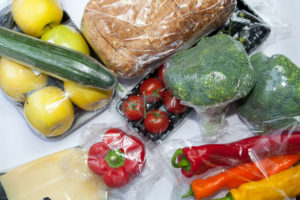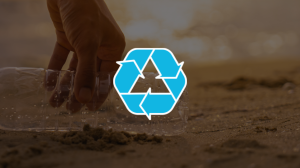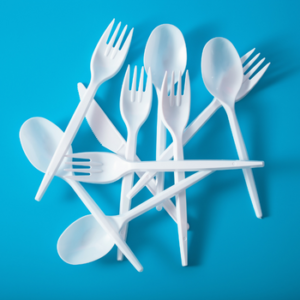Action needed now as microplastics accumulate in Great Lakes: Ontario researcher
An Ontario researcher is calling on society to take swift action to solve the growing problem of plastics accumulating in the Great Lakes.
Gail Krantzberg, an engineering and public policy professor at McMaster University, has detailed her findings in a research review published recently in the new Journal of Waste Resources and Recycling.
“The population in the Great Lakes demographics is only going to grow, which means more plastic waste if we don’t change quickly,” Krantzberg said. “Once the microplastics are there, they’re there.”
She said the microplastic problem in the Great Lakes mirrors that of the oceans: small organisms mistake microplastics for plankton, and from there they work their way up the food chain.
“It would be in the sport fish you want to catch, it would be in the top predators — in the eagles that eat trout, for example,” Krantzberg said.
She said the plastics work their way into the Great Lakes through two main routes: plastic bags that fly away from landfills and land in streams, eventually breaking down into smaller and smaller plastics that flow into the lakes; and through the sewer system.
Plastics from a wide variety of clothing and textiles come off during washing and head down the pipes toward the sewage treatment plants.
The typical sewage treatment process in Ontario does not capture those microplastics, Krantzberg said, and there is no known technology that can suck those plastics out of the lakes once they’ve entered them.
Sewage leaks — such as the 24-billion litre, four-year leak in Hamilton that hit a watershed connected to Lake Ontario recently — also do not help.



